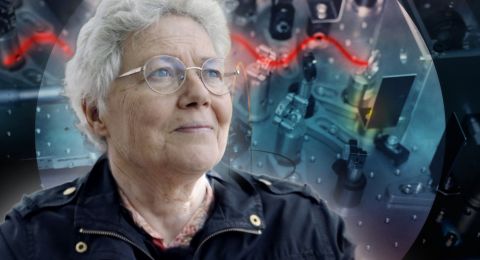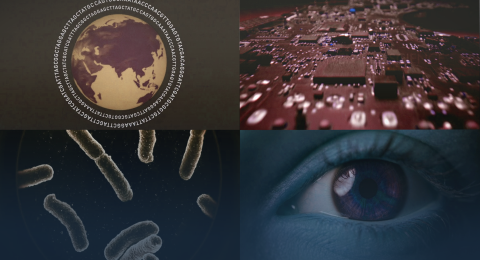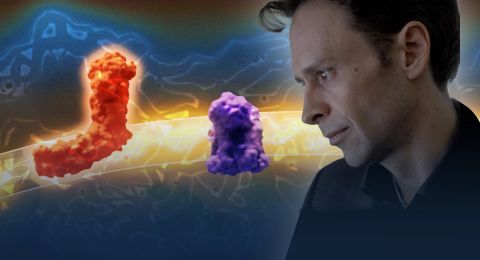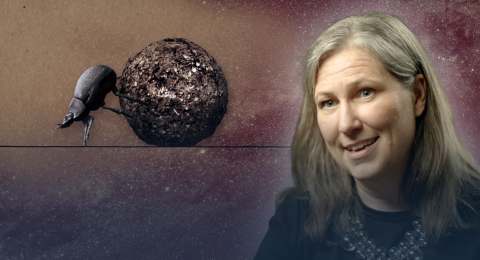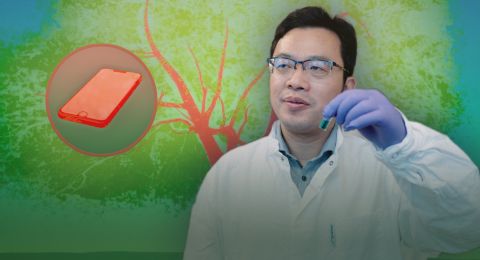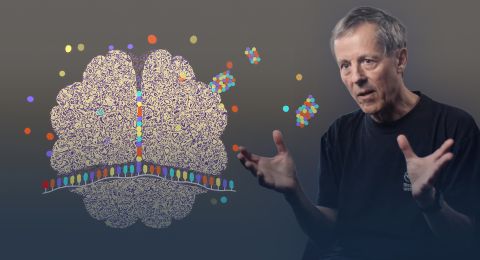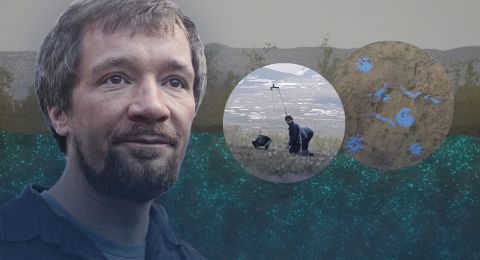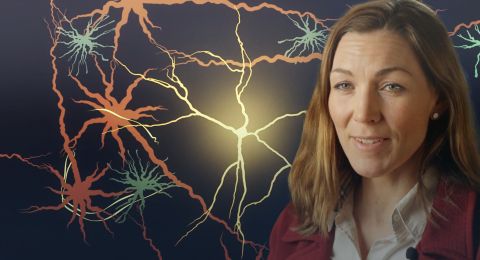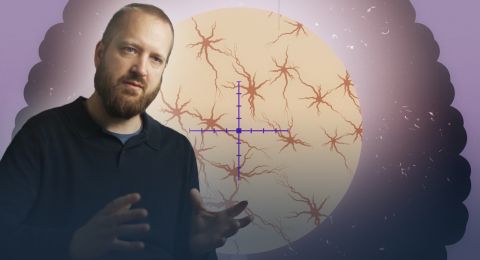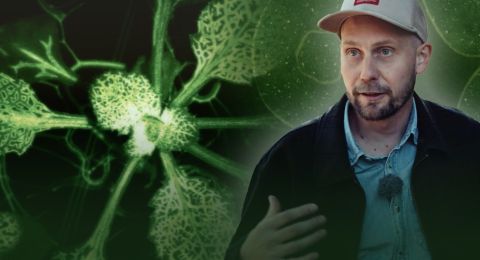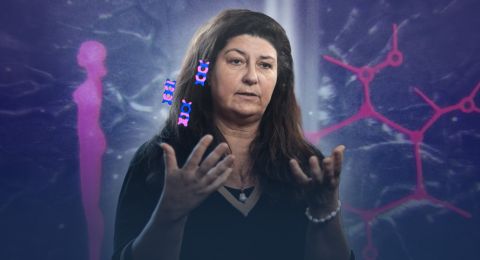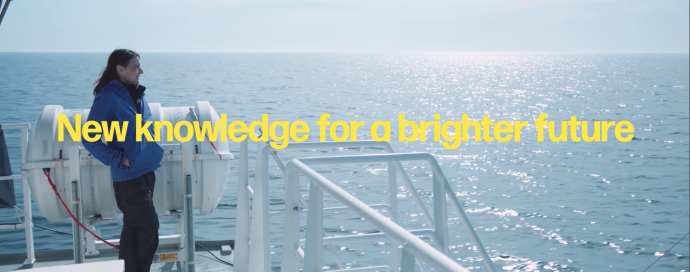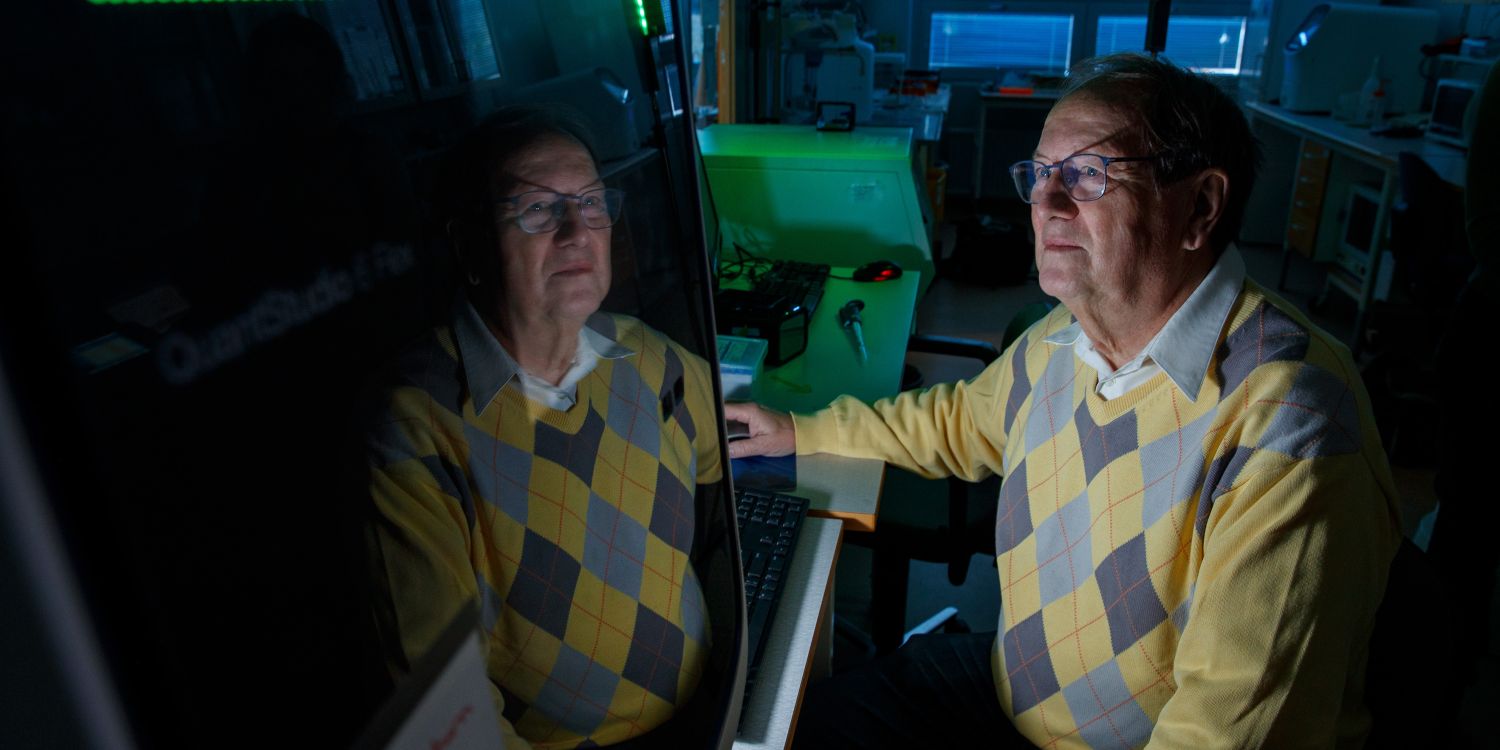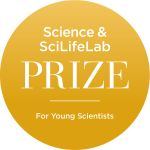Seven innovation projects in AI and quantum technology receive grants
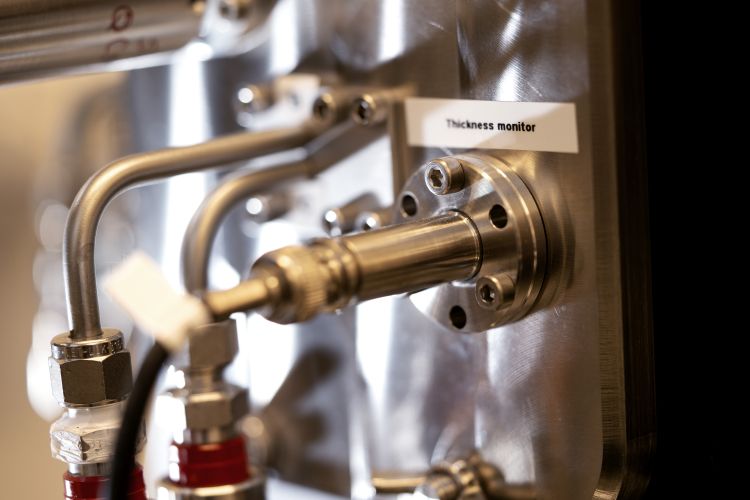
Reducing energy loss from our screens
As a child, he built models with LEGO and Meccano. As a researcher, he builds molecules. Wallenberg Academy Fellow Karl Börjesson aims to create energy-efficient systems with fewer losses. This could significantly reduce the energy consumed by screens and light sources.
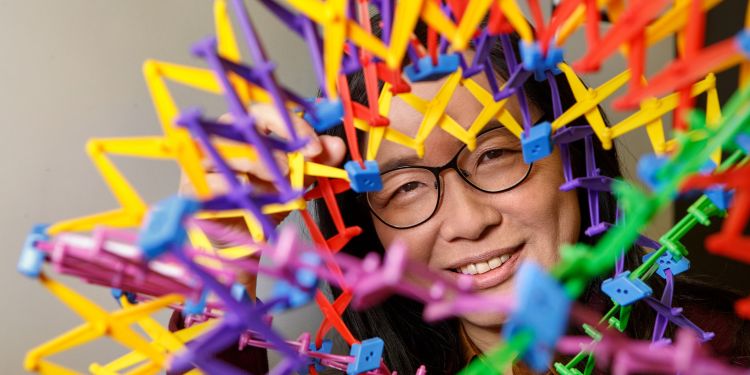
Three-dimensional images enhance our molecular understanding of nature
Wallenberg Scholar Xiaodong Zou is now developing analytical methods that image small molecules in three dimensions and in greater detail than ever before. This opens the way for better drugs and new fundamental discoveries in chemistry.
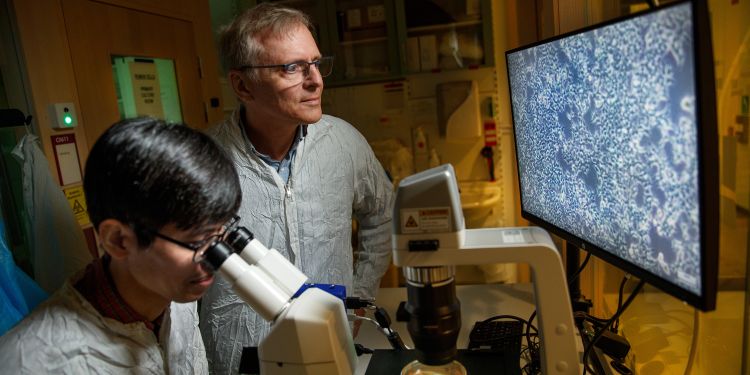
Helping to cure chronic pain
Patrik Ernfors is using new technologies to identify exactly which neurons cause chronic pain.
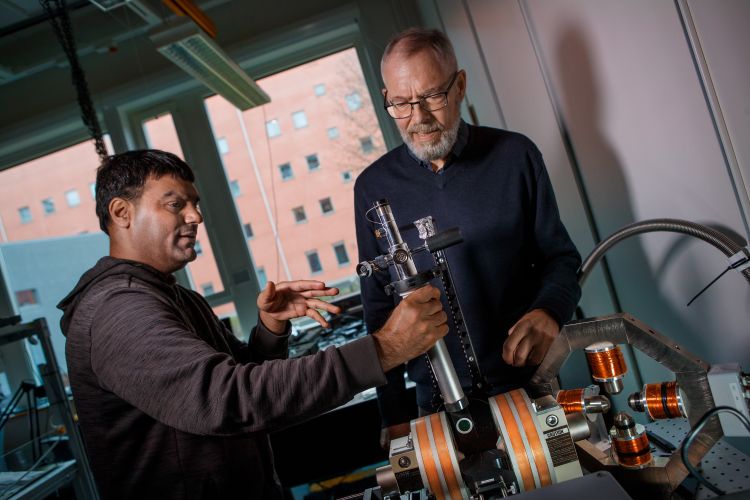
Paving the way for ultrafast electronics
Wallenberg Scholar Peter Oppeneer aims to understand the dynamic quantum mechanisms that arise in materials when they are out of equilibrium. His cutting-edge theoretical research could lead to ultrafast electronics.

